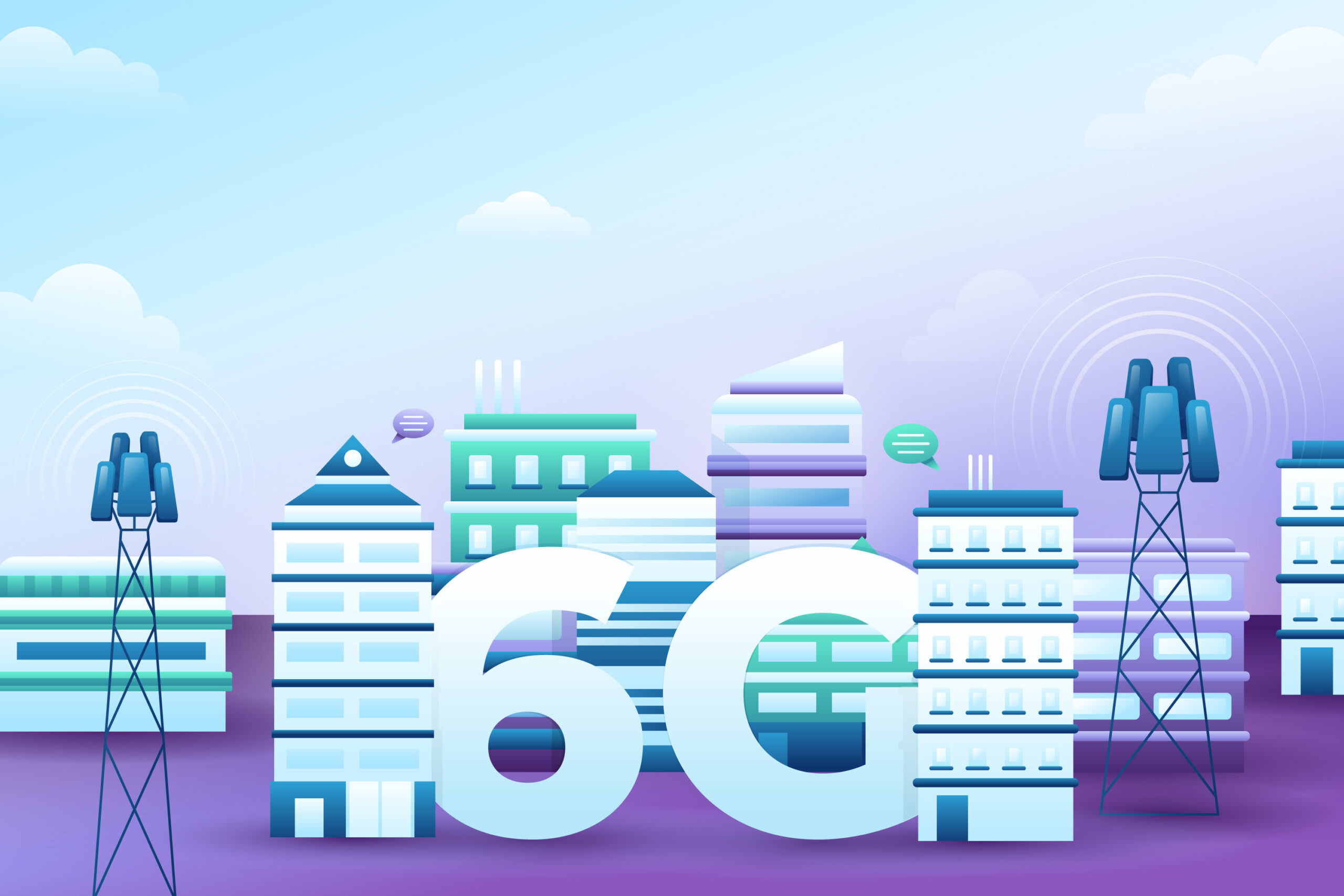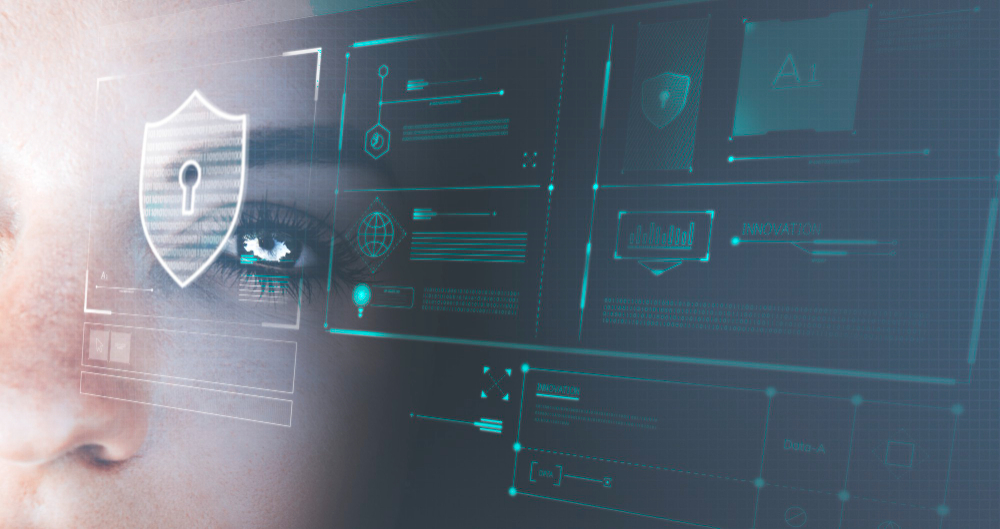5G and Beyond: Connectivity in 2025
People’s connections and communication styles continue to change as technology advances. The move from old connectivity to new 5G networks is at the heart of this change, as is a look ahead to what future technologies will bring. 5G and beyond: Connectivity in 2025 is more than simply better download speeds; it signifies a transition toward intelligent, interconnected systems that enable smart cities, self-driving cars, remote healthcare, and other applications. With 5G now available worldwide, businesses, governments, and consumers are experiencing benefits ranging from reduced latency and expanded capacity to improved reliability. This new era of connectivity is creating the groundwork for technologies like augmented reality, IoT, and even the early stages of 6G, which promise a fully linked, intelligent world. Whether you’re interested in how 5G will transform mobile experiences or what lies beyond existing network standards, recognizing these trends is critical for navigating the future of digital connectivity.
Understanding the Evolution of Mobile Networks
Mobile networks have revolutionized how people communicate and receive information in recent decades. The journey began with 1G in the 1980s, which enabled phone conversations, and moved to 2G, 3G, and 4G, each providing higher speeds and new possibilities. Now, 5G represents the next major step, providing lightning-fast internet, low latency, and the potential to connect more devices than ever before. But what comes next after 5G? Connectivity in 2025 is more than simply about speed. It’s about better, more seamless, and integrated technology that enables anything from self-driving cars to remote surgery.
From 1G to 5G: A Quick Recap
Each generation of mobile networks produced significant technological advancements. 1G introduced analog voice, 2G added SMS and basic data, 3G popularized mobile internet, and 4G enabled HD streaming and mobile apps. 5G, which debuted in the late 2010s, enabled speeds up to 100 times faster than 4G. It greatly reduced lag and enabled new applications such as augmented reality and smart cities. This evolution demonstrates how important mobile networks have become in daily life, setting the stage for what comes next.
Key Features of 5G in 2025
By 2025, 5G means more than simply better download rates. It’s a forum for innovation. It supports millions of devices simultaneously, manages more data, and assures consistent connections. 5G enables real-time experiences like live gaming, video conferencing, and smart devices with no delays. Its ultra-low latency and high bandwidth make it perfect for healthcare, logistics, and manufacturing applications. 5G is quickly becoming a global standard, thanks to improved infrastructure and increased coverage.
Ultra-Low Latency and High Speed
Latency is the time between sending and receiving data. 5G lowers latency to milliseconds. This is critical for time-sensitive activities such as self-driving automobiles and remote surgery. High speed allows for smooth 4K video streaming, rapid file downloads, and real-time interactivity. These features improve productivity, enjoyment, and safety.
Enhanced Device Connectivity
5G enables more devices to connect simultaneously without slowing down. This is ideal for smart homes and sensor-enabled cities. It improves the performance of the Internet of Things (IoT), which includes residences, traffic systems, and businesses. It’s not only phones; everything can be connected properly.
6G and Emerging Technologies
Looking beyond 5G, 6G is already being researched and developed. It is expected to launch in the 2030s, but trials could begin sooner. 6G will prioritize even greater data speeds, AI integration, and sophisticated network intelligence. With quantum computing, blockchain, and next-generation IoT, 6G seeks to totally transform the IT world.
What to Expect from 6G
6G will offer download speeds up to 100 times faster than 5G, near-zero latency, and highly secure communications. It will transmit data through advanced technologies such as terahertz waves and smart surfaces. This will allow for immersive experiences like full-body holograms and real-time VR collaboration. 6G will transform digital life as we know it.
Integration with AI and IoT
AI will play a key role in operating 6G networks, making them smarter and self-healing. 6G, when combined with IoT, will power self-sufficient smart factories, cities, and households. Data will flow fast and securely, allowing systems to predict and respond automatically to situations.
5G’s Role in Smart Cities and Industries
5G is the cornerstone for modern smart cities. It links traffic lights, cameras, sensors, and public services in real time. It improves city cleanliness, safety, and efficiency. 5G benefits industries such as healthcare, farming, and energy by automating processes and allowing for speedier decisions.
Transforming Urban Infrastructure
5G-enabled cities will use data to control power consumption, traffic flow, public safety, and environmental issues. For example, smart traffic signals can help to alleviate congestion. Connected utilities can spot leaks and outages faster. This raises citizens’ living standards while saving governments money.
Industrial Applications of 5G
Factories employ 5G to automate processes, monitor equipment in real time, and boost efficiency. In healthcare, networked gadgets can help doctors diagnose and treat patients more quickly. Sensors and drones powered by 5G let farmers monitor crops and livestock. These advances lead to better outcomes and less waste.
Security and Privacy Challenges
With more gadgets and faster data, cybersecurity is more critical than ever. 5G and future networks must handle massive amounts of sensitive information. Protecting this information from hackers, breaches, and misuse is of the highest priority. Security solutions must change to match the capabilities of modern networks.
Data Protection in a Connected World
More connections pose more potential cyber dangers. Data security measures include encryption, network segmentation, and AI-based threat detection. Governments and businesses collaborate to develop strong privacy regulations that safeguard user data from being stolen or exploited.
Regulations and Compliance
Regulations such as GDPR (in Europe) and HIPAA (in healthcare) establish data protection regulations. These laws must be followed by telecom firms and service providers when employing 5G and future technology. As networks get more complex, maintaining compliance becomes increasingly difficult but necessary.
The Future of Global Connectivity
5G and its predecessors are creating a more interconnected world. Rural and distant places that previously lacked internet connectivity will finally be linked. Global trade, communication, and education are all improving as technology advances. These developments are not just technological; they are also societal and economic.
Bridging the Digital Divide
Many locations continue to experience slow or no internet connection. These places can benefit from rapid, affordable connectivity thanks to 5G. This facilitates student access to online education, corporate expansion into worldwide markets, and community development. Closing this gap results in increased equality and opportunity for all.
Environmental Impact and Sustainability
5G reduces energy consumption with smarter devices and efficient systems. Smart grids, more efficient transportation, and lower emissions all benefit the environment. As connection expands, firms now focus on eco-friendly designs and decreasing the carbon impact of tech networks.
Conclusion
5G and Beyond: Connectivity in 2025 is about more than just speed. It’s a shift in the way people live, work, and communicate. From smart cities and AI to future-ready 6G technology, this shift affects every aspect of existence. By emphasizing innovation, security, and inclusivity, these networks are creating a smarter, more connected future for everybody.







